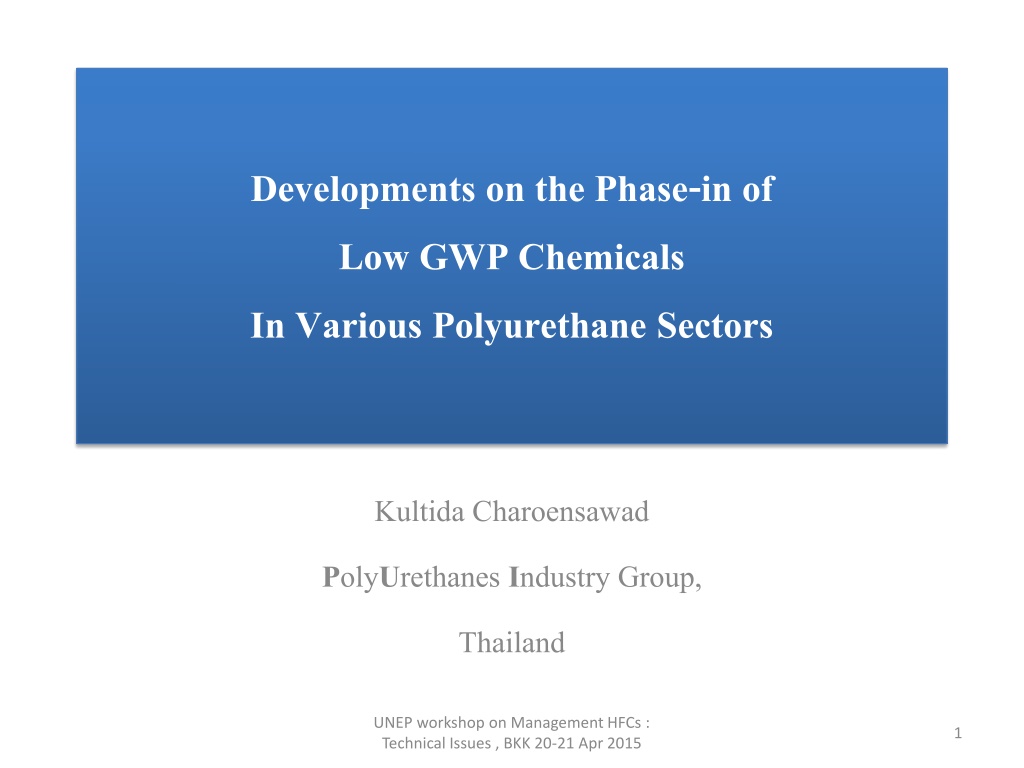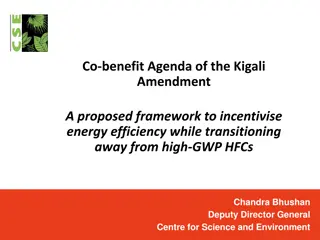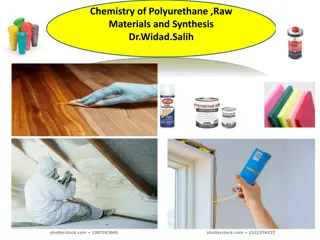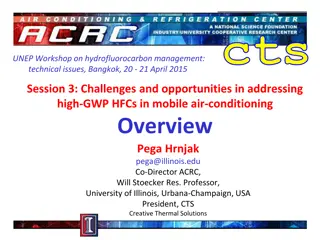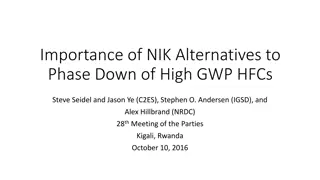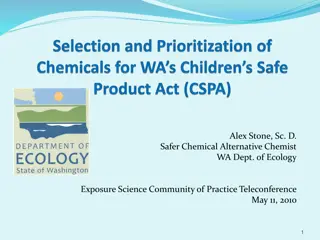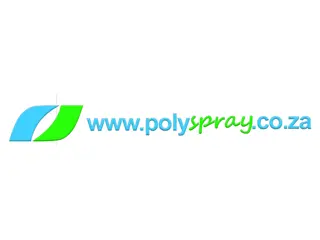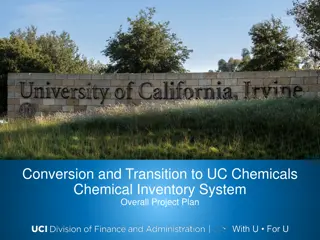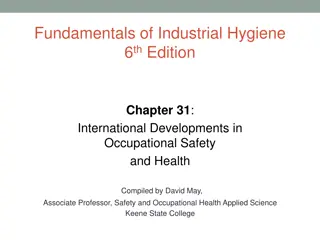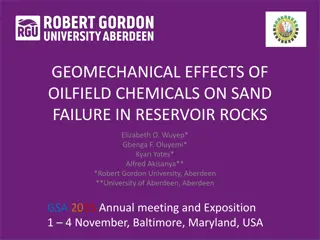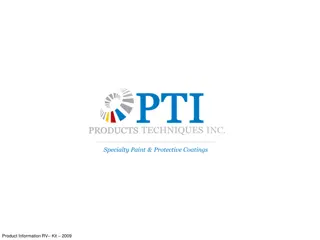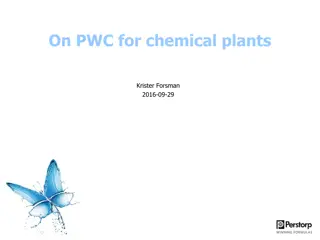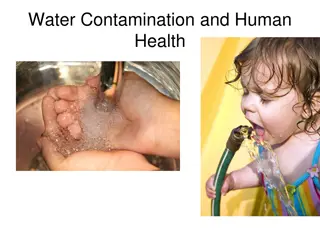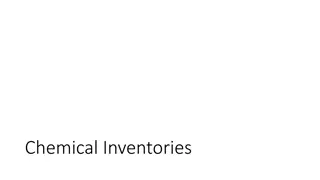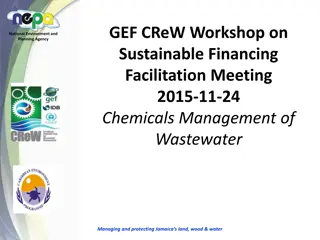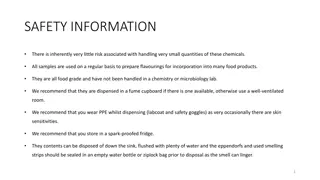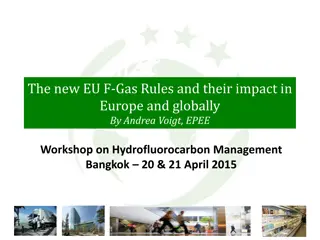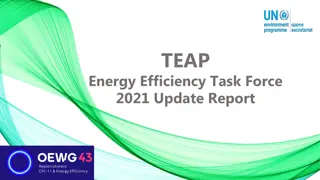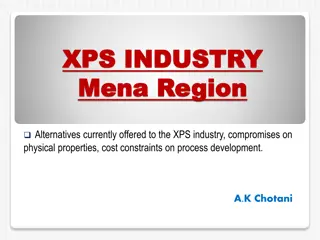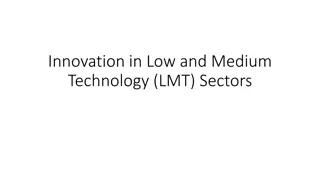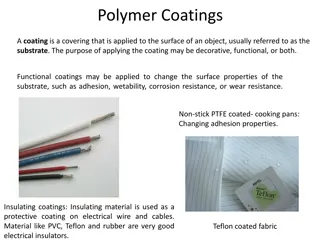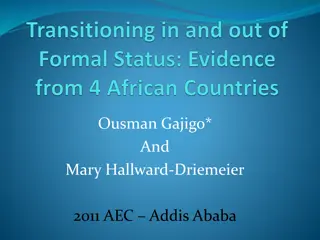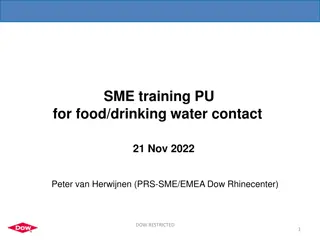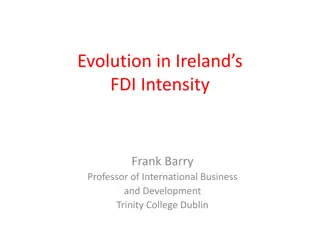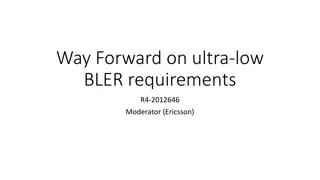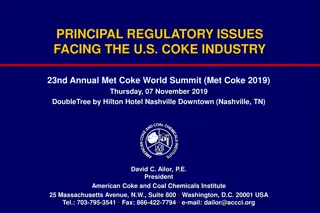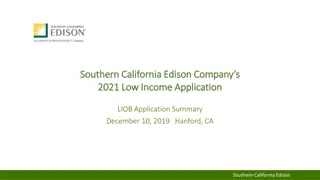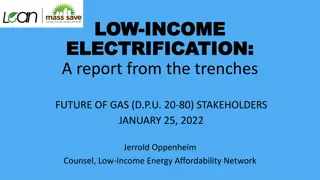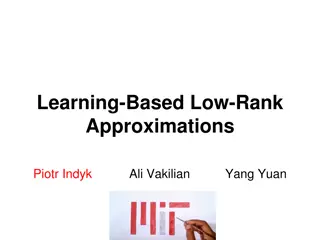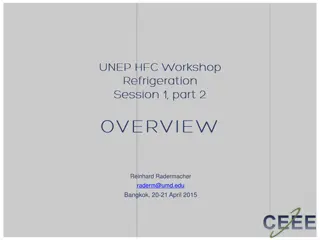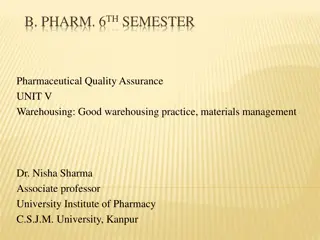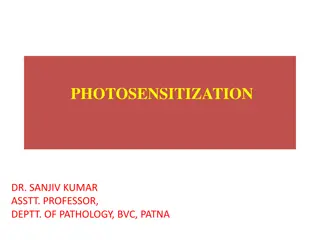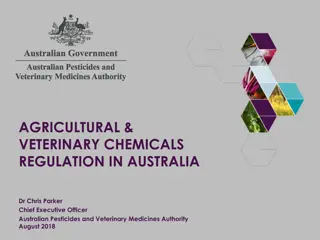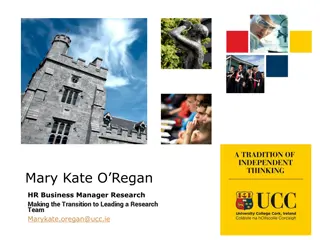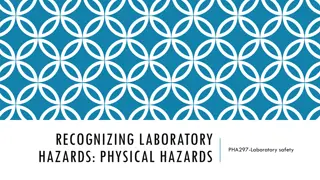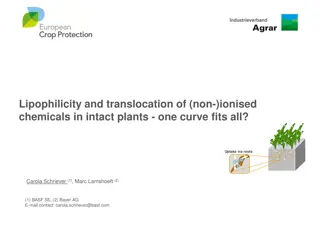Challenges and Solutions in Transitioning to Low GWP Chemicals in Polyurethane Sectors
Beginning in 2015, Thai foam enterprises faced challenges in adopting low GWP chemicals as alternatives to HCFC-141b. Choices included CP and HFC-245fa, each with cost and feasibility considerations. The transition necessitated careful selection of alternative blowing agents based on costs, investment requirements, and regional availability of solutions like unsaturated HFCs. Micro-mix technology emerged as a flexible option for foam enterprises. The HCFC phase-out plan in Thailand aimed to progressively reduce usage, with restrictions on HFCs yet to be implemented.
Download Presentation

Please find below an Image/Link to download the presentation.
The content on the website is provided AS IS for your information and personal use only. It may not be sold, licensed, or shared on other websites without obtaining consent from the author. Download presentation by click this link. If you encounter any issues during the download, it is possible that the publisher has removed the file from their server.
E N D
Presentation Transcript
Developments on the Phase-in of Low GWP Chemicals In Various Polyurethane Sectors Kultida Charoensawad PolyUrethanes Industry Group, Thailand UNEP workshop on Management HFCs : Technical Issues , BKK 20-21 Apr 2015 1
Challengesand Opportunities in Thailand Beginning in 2015, Thai foam enterprises have 1-year duration before restricted use of HCFC-141b among most foam manufactures. (Tentative date of 1 Jan 2016) . Choice of alternative blowing agents are CP and HFC 245fa (reduce formulation considered for its high GWP). Other HFCs and oxygenated HCs (e.g. MF & Methylal) require additional steps in order to qualify for approval of financial assistance. CP has a cheaper cost and is considered to be feasible for foam enterprises that have high consumption (HCFC 141 B >20 MTPA) due to high investment for safety. HFC 245fa requires less investment, but is more than triple a higher cost than CP. Its low boiling point makes pre-blended in polyols difficult in tropical countries. Unsaturated HFCs (HFO) which may be a solution for small foam enterprises and SPF are not available in the ASEAN region and have a high price. Due to high operational costs of HFCs, foaming makes it non-competitive for small foam enterprises. Micro mix emerging technology option provides flexibility to alternative blowing agent types, including either HFCs or CPs for foam enterprises. 2
Developments on alternative blowing agent in various foam application Application Current use Potential future use Note Domestic refrigerator CP CP HFC or HFO may be in consider to improve their lambda value Commercial refrigerator CP HCFC 141 B CP Same trend to domestic refrigerator Panel , continuous and discontinuous HCFC 141B water CP For medium enterprise Ice box HCFC 141 B CP Water, HFC, HFO ? For medium enterprise For small enterprise ?? SPF HCFC 141 B Water HFO ? Water is not prefer due to its high lambda value Integral skin foam Water HCFC 141 B Water Water , MF Automotive OEM Small and medium enterprise Flexible slabstock and molded foam Water MC? Water Less issue 3
THANK YOU UNEP workshop on Management HFCs : Technical issues , BKK 20-21 Apr 2015 4
HCFC Phase-out Plan Thailand Control use of HCFCs in Thailand: 1 Jan. 2013 Baseline (avg. 2009 2010) 1Jan2015reduce 10%of baseline 1Jan2018reduce 15%of baseline 1Jan2020reduce 35%of baseline 1Jan2025reduce 67.5%of baseline 1Jan2030control usage 0% (allow 2.5% of baseline during 2030 - 2039 for maintenance) Currently there are no restrictions on use of HFCs in Thailand. UNEP workshop on Management HFCs : Technical issues , BKK 20-21 Apr 2015 5
